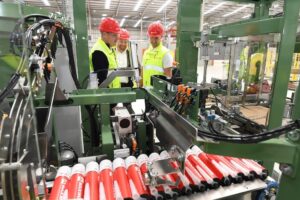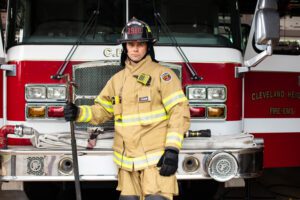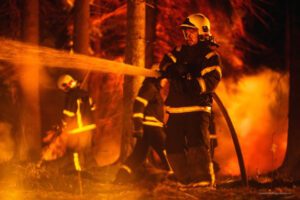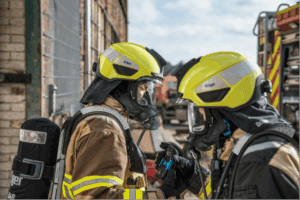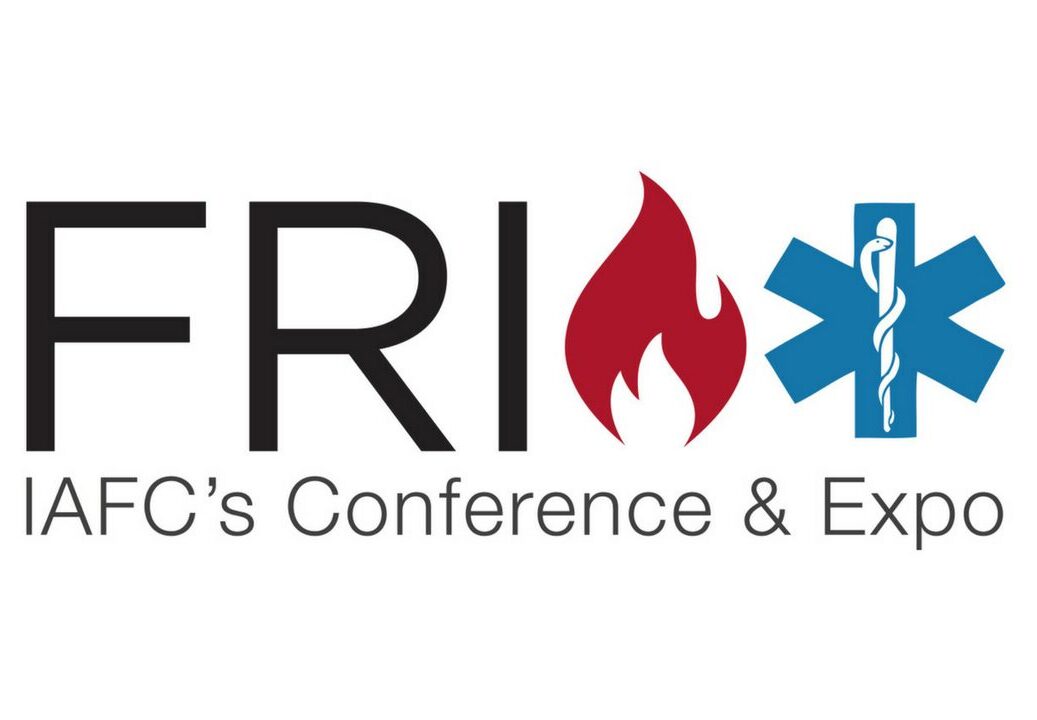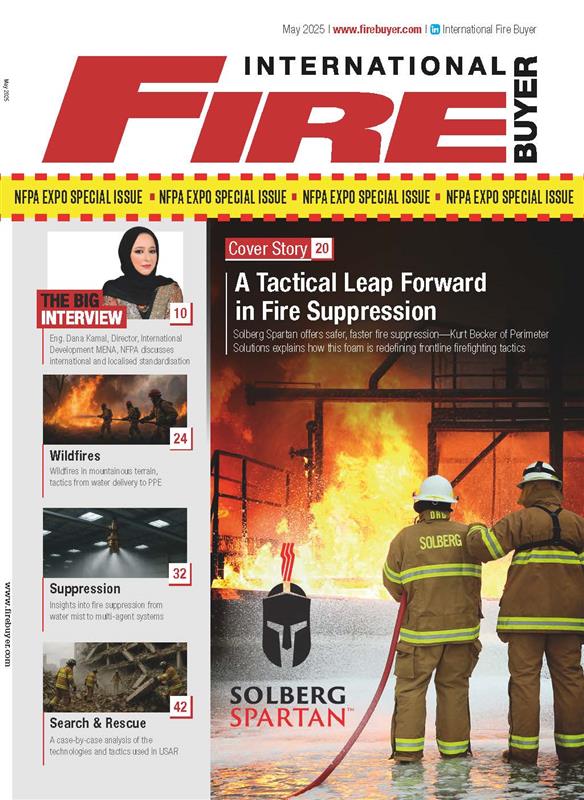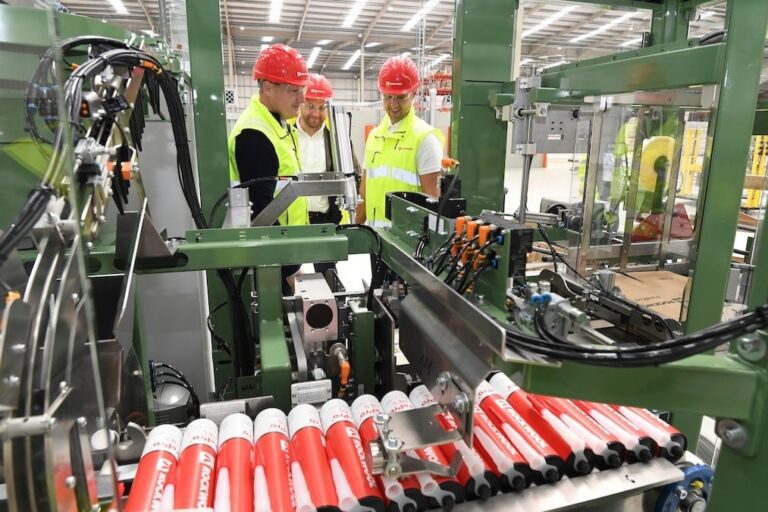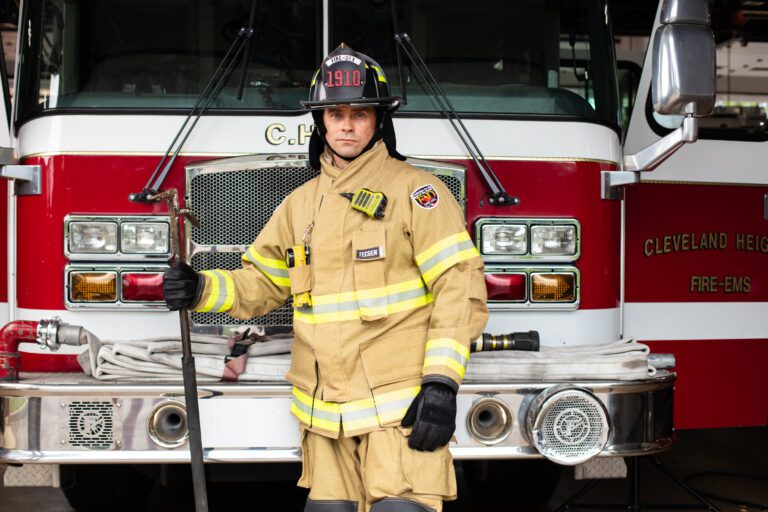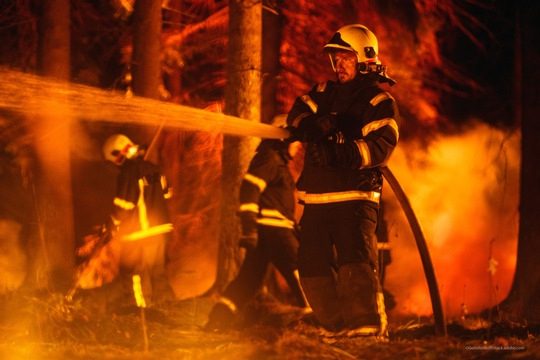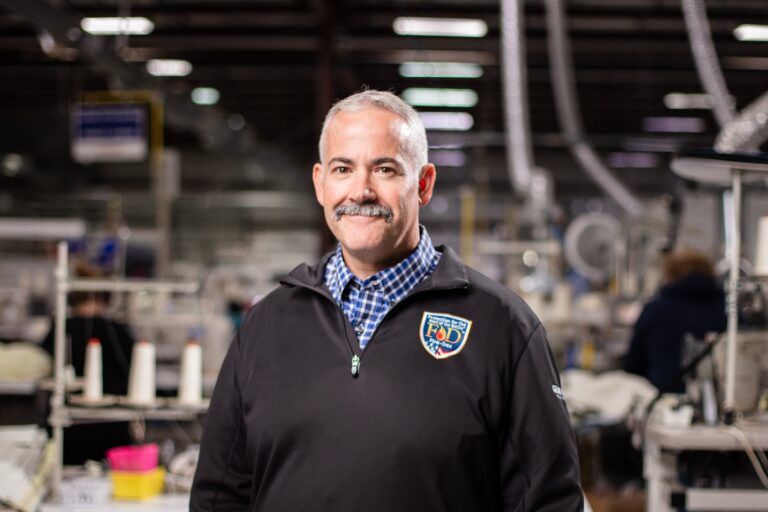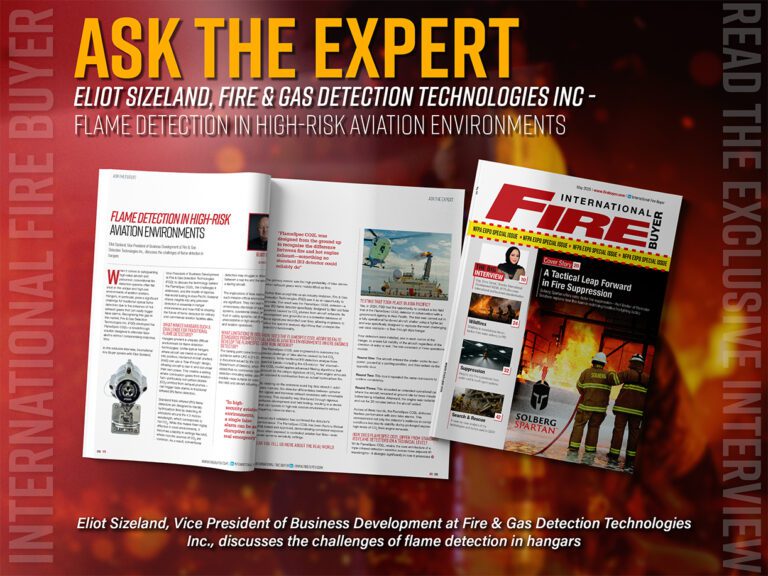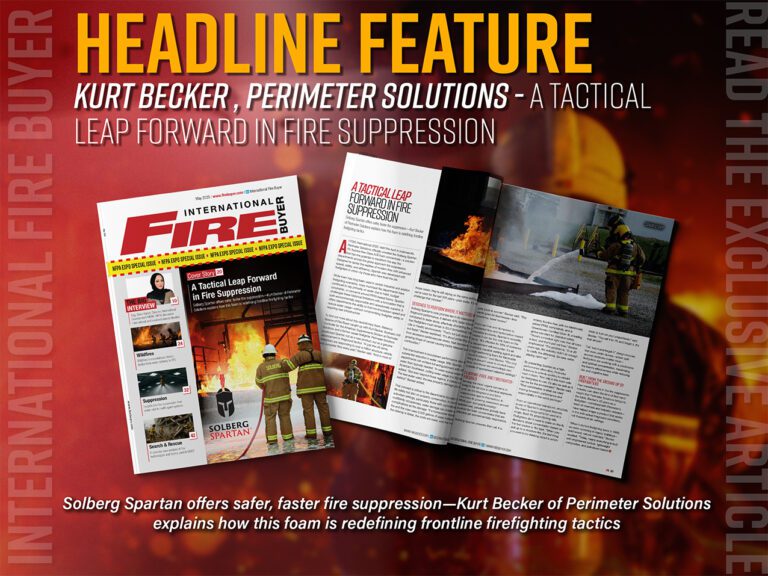In the face of relentless wildfires, California employs one of the most sophisticated aerial firefighting fleets in the world to combat the destructive flames threatening lives, property, and natural habitats. Coordinated by the California Department of Forestry and Fire Protection (Cal Fire), these aircraft play a vital role in the state’s wildfire response.
Aerial Tactics: The Backbone of Wildfire Response
Cal Fire operates a robust fleet of over 60 aircraft stationed across 14 airfields and 11 helicopter bases. This fleet is structured into three primary components: tactical planes, airtankers, and helicopters. Each serves a specialised function, working in unison with ground crews to combat the fires.
Tactical Aircraft
North American Rockwell OV-10 Broncos dominate Cal Fire’s tactical fleet, serving as aerial command and control units. These planes fly high above the fire zones, coordinating efforts between air tankers, helicopters, and ground teams. Capable of remaining airborne for hours, OV-10s guide larger aircraft into precise drop zones to maximise efficiency.
Airtankers
The Grumman S-2T is the workhorse of Cal Fire’s fleet, carrying approximately 4,500 litres of fire retardant. These nimble planes are particularly effective in the initial stages of a fire, rapidly deploying retardant lines to contain the blaze. For larger-scale operations, the fleet is bolstered by C-130 “Hercules” tankers and contracted Large Air Tankers (LATs) like the McDonnell Douglas DC-10 and British Aerospace 146. These larger tankers can deliver up to 35,600 litres of retardant, creating wide barriers to halt the fire’s advance.
Helicopters
Helicopters like the Bell UH-1H “Super Huey” and Sikorsky S70i Black Hawk provide unmatched versatility. Equipped to carry up to 1,200 litres of water in external buckets or internal tanks, they can perform rapid water drops, transport crews and equipment, and even conduct night-time firefighting operations.
The Role of Collaboration
Aerial firefighting is a coordinated effort, where various aircraft perform distinct roles to maximise their collective impact. Tactical planes often serve as “lead” aircraft, guiding tankers to precise drop zones. Simultaneously, helicopters provide ground crews with essential support, targeting hotspots and assisting with evacuation or rescue missions.
In large-scale fires, the integration of Very Large Air Tankers (VLATs) becomes crucial. Aircraft like the now-retired Boeing 747 Supertanker, capable of carrying a staggering 68,000 litres of retardant, exemplified the power of aerial suppression before its 2021 retirement.
Innovation and Adaptation
One of the standout capabilities in aerial firefighting is the deployment of “Super Scooper” planes, such as the Bombardier CL-415. These planes skim over water sources, refilling their tanks mid-mission and delivering repeated water drops over active fires. This operational agility complements the precision and power of the fixed-wing tankers and helicopters.
Meeting Rising Challenges
As wildfires grow in frequency and intensity, Cal Fire’s aerial fleet is often supplemented by contracted resources and, in extreme cases, military assistance. This dynamic strategy ensures that fire suppression efforts remain agile and effective, even under the most demanding conditions.
Pioneering Firefighting from the Sky
California’s approach to aerial firefighting reflects a blend of advanced technology, strategic planning, and swift execution. As evidenced by the ongoing battle against the Palisades Fire, these aircraft are indispensable in steering, containing, and ultimately extinguishing the blazes that threaten communities.
For the fire and rescue sector, California’s aerial fleet serves as a model of innovation and resilience, offering valuable insights into the future of wildfire management and aerial suppression tactics.
To read more exclusive articles and latest news, see our last issue here.
Never miss a story… Follow us on:
International Fire Buyer
@Firebuyer
Fire Buyer
Media Contact
Rebecca Spayne Managing Editor, International Fire Buyer
Tel: +44 (0) 1622 823 920
Email: [email protected]

